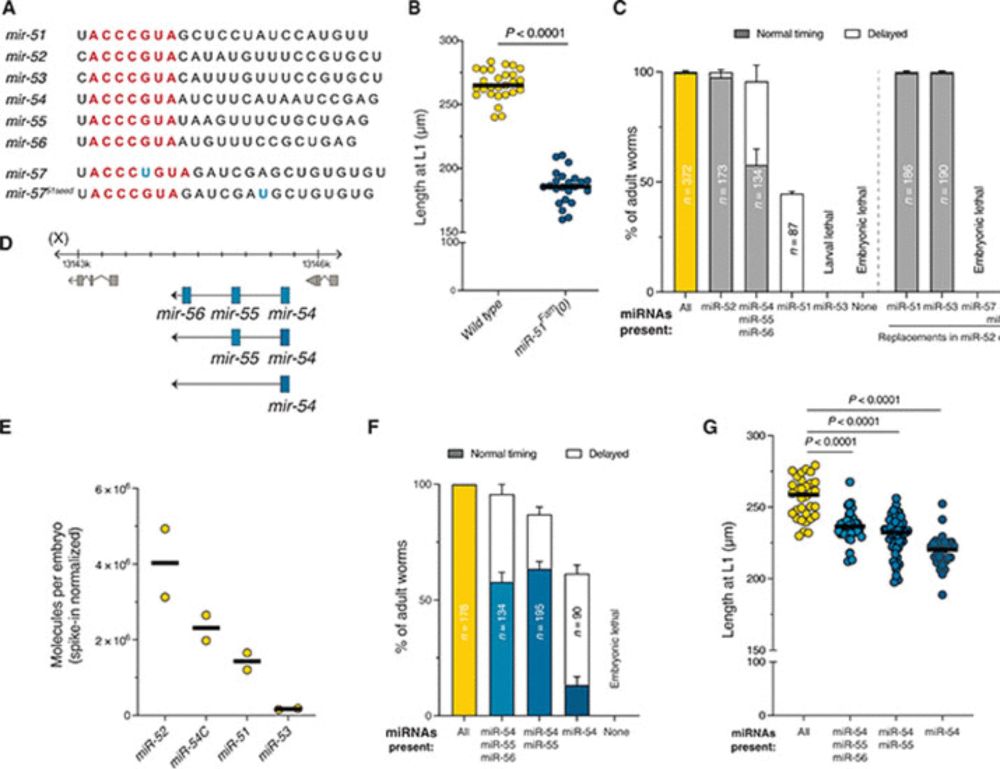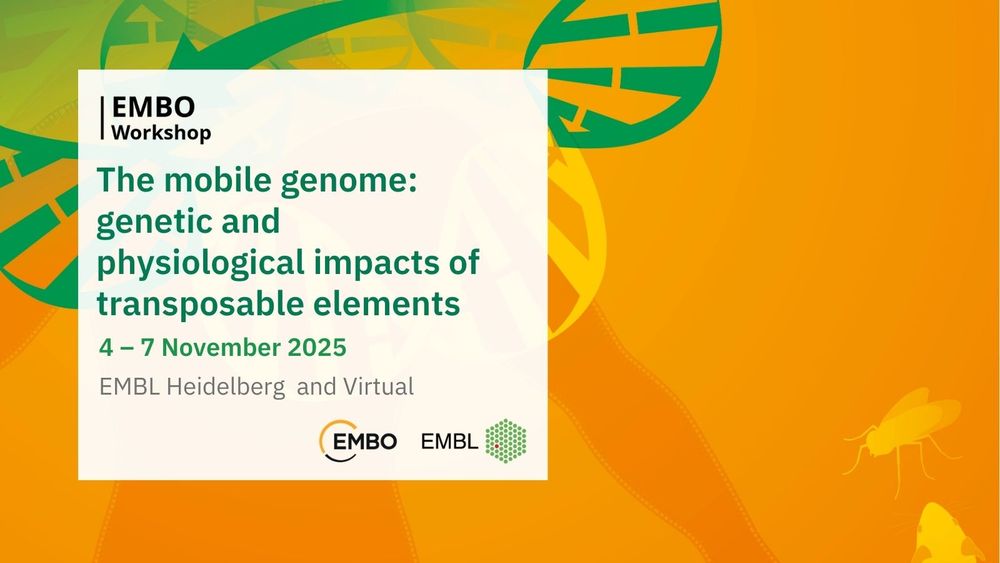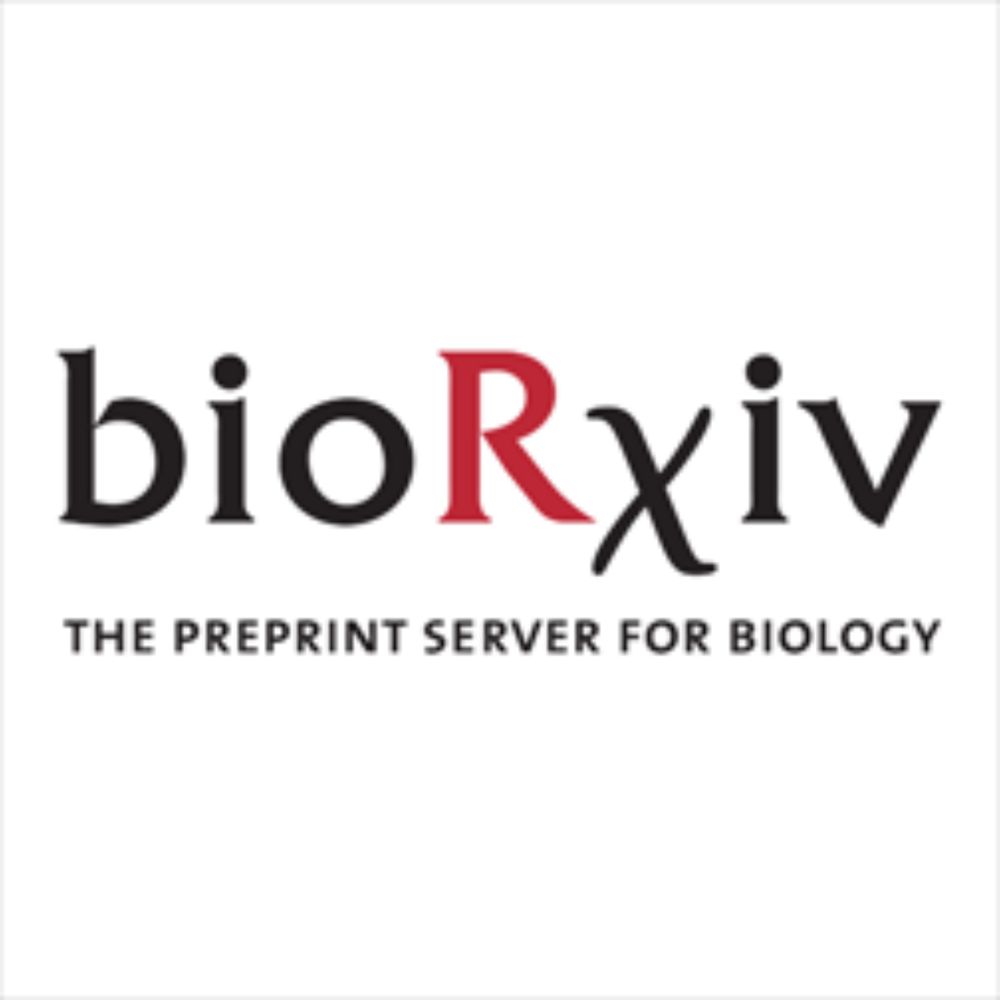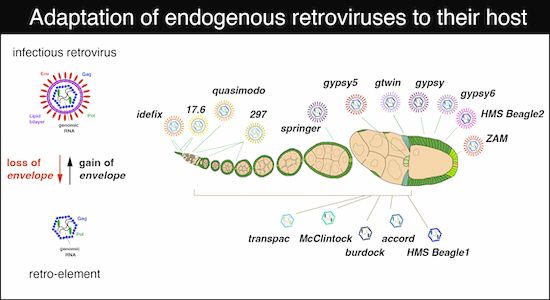
Interested in transcription and RNA export.
http://www.oeaw.ac.at/imba/research/julius-brennecke
what started as a project on how cells export piRNA precursors, ended up as a tour de force in mRNA export. truly wonderful collaboration with @plaschkalab.bsky.social at the @viennabiocenter.bsky.social
@imbavienna.bsky.social solved a decade-old puzzle, uncovering how the information molecule mRNA travels from the cell’s nucleus to its periphery. More: bit.ly/4nHcvys

what started as a project on how cells export piRNA precursors, ended up as a tour de force in mRNA export. truly wonderful collaboration with @plaschkalab.bsky.social at the @viennabiocenter.bsky.social

🧬We'll be finding funky new RNA biology, mainly by looking at reverse transcriptases (i.e. the Best Enzymes In The World)🧬
annnd: I'm hiring - come join! Especially postdocs and PhD students - please get in touch (NYC is great)

🧬We'll be finding funky new RNA biology, mainly by looking at reverse transcriptases (i.e. the Best Enzymes In The World)🧬
annnd: I'm hiring - come join! Especially postdocs and PhD students - please get in touch (NYC is great)

I am happy to share our new preprint: a chromosome-scale genome assembly for Drosophila OSC cells, one of the key model systems in the piRNA field, especially for nuclear piRNA biology. 🧬🧵 (1/12)

I am happy to share our new preprint: a chromosome-scale genome assembly for Drosophila OSC cells, one of the key model systems in the piRNA field, especially for nuclear piRNA biology. 🧬🧵 (1/12)
We will explore new mechanisms in eukaryotic gene expression, leveraging ‘evolutionary play’ to uncover how regulation, repurposing, and hijacking shape RNA biology.
PhD positions available!
We will explore new mechanisms in eukaryotic gene expression, leveraging ‘evolutionary play’ to uncover how regulation, repurposing, and hijacking shape RNA biology.
PhD positions available!

More info: www.imb.de/students-pos...
More info: www.imb.de/students-pos...
Join us to explore the piRNA pathway with structural and genetic approaches (see 👇👇).
PhD student/postdoc position co-supervised by Clemens Plaschka & myself.
DM or email us if you’d like to know more!
@vbcscitraining.bsky.social @imbavienna.bsky.social @impvienna.bsky.social
But how does piRNA-guided target interaction translate into silencing?
PhD student Júlia Portell Montserrat has an intriguing answer
www.cell.com/molecular-ce...

Join us to explore the piRNA pathway with structural and genetic approaches (see 👇👇).
PhD student/postdoc position co-supervised by Clemens Plaschka & myself.
DM or email us if you’d like to know more!
@vbcscitraining.bsky.social @imbavienna.bsky.social @impvienna.bsky.social
Here we propose a model where a silencing complex, PIWI*, assembles on target RNAs to recruit effectors and shut down transposon activity.
Huge thanks to the Brennecke and Plaschka labs, especially Julius and Clemens, and all co-authors!
But how does piRNA-guided target interaction translate into silencing?
PhD student Júlia Portell Montserrat has an intriguing answer
www.cell.com/molecular-ce...

Here we propose a model where a silencing complex, PIWI*, assembles on target RNAs to recruit effectors and shut down transposon activity.
Huge thanks to the Brennecke and Plaschka labs, especially Julius and Clemens, and all co-authors!
But how does piRNA-guided target interaction translate into silencing?
PhD student Júlia Portell Montserrat has an intriguing answer
www.cell.com/molecular-ce...

But how does piRNA-guided target interaction translate into silencing?
PhD student Júlia Portell Montserrat has an intriguing answer
www.cell.com/molecular-ce...
Julia is the hero of this work, she is currently looking for postdoc labs …
In a collaborative project with the lab of Clemens Plaschka at the IMP, the lab of Julius Brennecke has revealed how PIWI proteins kickstart transposon silencing in reproductive cells.
The findings are published in Molecular Cell: www.sciencedirect.com/science/arti...
Researchers from IMBA and IMP identify the first protein interactions that trigger PIWI–piRNA–mediated transposon silencing, using AlphaFold predictions, genetics, biochemistry and cell biology.
Read more: www.viennabiocenter.org/about/news/t...
Julia is the hero of this work, she is currently looking for postdoc labs …

Researchers at the Vienna BioCenter have solved a 20-year-old mystery in genome biology, revealing how PIWI proteins engage partner molecules to silence “jumping genes” that threaten genetic stability.
Researchers from IMBA and IMP identify the first protein interactions that trigger PIWI–piRNA–mediated transposon silencing, using AlphaFold predictions, genetics, biochemistry and cell biology.
Read more: www.viennabiocenter.org/about/news/t...

Researchers at the Vienna BioCenter have solved a 20-year-old mystery in genome biology, revealing how PIWI proteins engage partner molecules to silence “jumping genes” that threaten genetic stability.
Working with him and Luisa at the IMP was a great and formative experience.

Working with him and Luisa at the IMP was a great and formative experience.
www.biorxiv.org/content/10.1...
www.biorxiv.org/content/10.1...
Calling all transposon fans & lovers of genetic innovation
MOBILE GENOME welcomes you in Heidelberg, Nov. 4–7 2025
→ Vibrant & friendly community
→ Cutting-edge talks from mechanisms to physiology
→ Plenty of surprises (TEs never stop innovating)
submit abstract by July 29
👉 https://s.embl.org/mge25-01-bl
Join us 4–7 Nov 2025 at EMBL Heidelberg (or online) to explore the impact of TEs across biology. 🧬🔍
⭐🧑🏼🔬 24 talks + 15 flash talks from posters – don't miss out!
#EMBOMobileGenome

Calling all transposon fans & lovers of genetic innovation
MOBILE GENOME welcomes you in Heidelberg, Nov. 4–7 2025
→ Vibrant & friendly community
→ Cutting-edge talks from mechanisms to physiology
→ Plenty of surprises (TEs never stop innovating)
submit abstract by July 29
www.biorxiv.org/content/10.1...
1/

www.biorxiv.org/content/10.1...
1/

A study led by Kirsten Senti and Julius Brennecke offers new insights into how ancient endogenous retroviruses diversified to exploit different cell “niches” in the fruit fly ovary, and how the host’s defenses adapted in return. https://imba.science/Brennecke_EMBOJ

A study led by Kirsten Senti and Julius Brennecke offers new insights into how ancient endogenous retroviruses diversified to exploit different cell “niches” in the fruit fly ovary, and how the host’s defenses adapted in return. https://imba.science/Brennecke_EMBOJ
A study led by Kirsten Senti and Julius Brennecke offers new insights into how ancient endogenous retroviruses diversified to exploit different cell “niches” in the fruit fly ovary, and how the host’s defenses adapted in return. https://imba.science/Brennecke_EMBOJ

A study led by Kirsten Senti and Julius Brennecke offers new insights into how ancient endogenous retroviruses diversified to exploit different cell “niches” in the fruit fly ovary, and how the host’s defenses adapted in return. https://imba.science/Brennecke_EMBOJ
#TransparentPeerReview
Co-evolving infectivity and expression patterns drive the diversification of endogenous retroviruses
@juliusbrennecke.bsky.social et al
www.embopress.org/doi/full/10....

#TransparentPeerReview
Co-evolving infectivity and expression patterns drive the diversification of endogenous retroviruses
@juliusbrennecke.bsky.social et al
www.embopress.org/doi/full/10....
Apply here: training.vbc.ac.at/post-docs/vi...
#VBCPostDoc
Apply here: training.vbc.ac.at/post-docs/vi...
#VBCPostDoc

